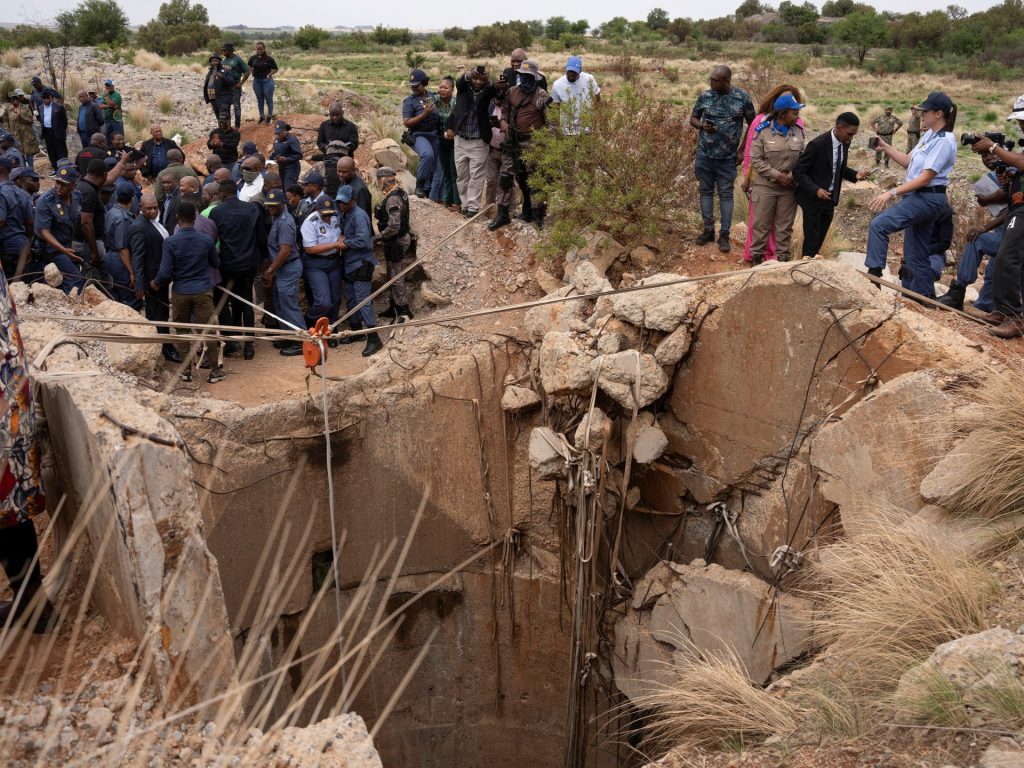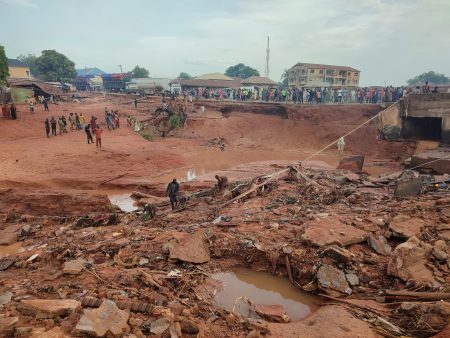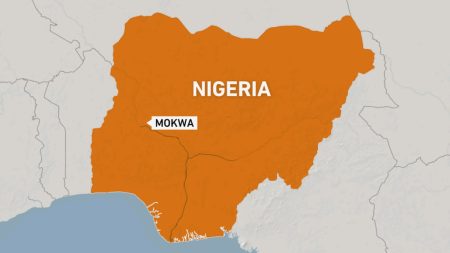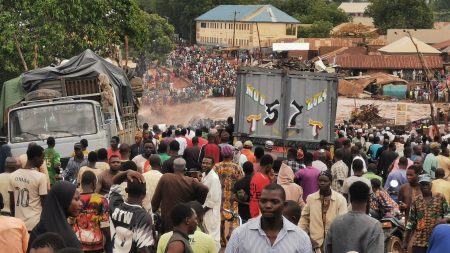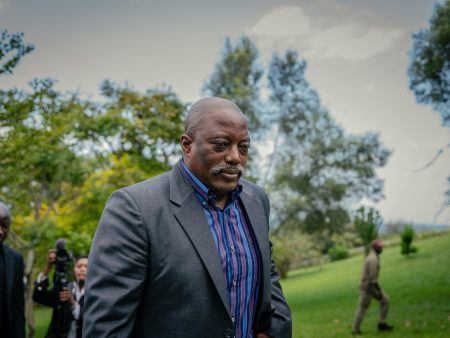In a recent interview with Al Jazeera, South Africa’s Minister of Water and Sanitation, Senzo Mchunu, addressed the chaotic situation surrounding an abandoned goldmine in Stilfontein, where authorities are currently unaware of how many individuals remain trapped underground. The police minister has emphasized a commitment to rescuing all trapped individuals “as soon as possible,” marking a critical intervention in a site that has garnered significant attention due to its precarious nature. Concerns have been raised regarding the health and safety of those still trapped, as they could be facing starvation or worse conditions underground. Although police have previously suggested that up to 4,000 miners may be trapped, this estimate has since been deemed exaggerated, with a revised estimate of approximately 350 to 400 individuals now considered more accurate.
Over the past weeks, the authorities have continually stationed themselves outside the abandoned mine, where they have intermittently blocked the local populace from sending food and water supplies down to the miners. This operation, aimed at compelling the miners to ascend to the surface, has drawn considerable outrage from the community and external observers. Many fear that the tactics being deployed by the police may lead to devastating consequences for those underground, as their access to basic necessities remains severely restricted. Conditions within the shaft are concerning, with Mchunu indicating that a small group of individuals at the top of the shaft appears to exert control over the situation, potentially holding others against their will.
Three teenagers who recently emerged from the mine provided a troubling insight into conditions within. Their accounts reveal a dire situation in which they experienced mistreatment at the hands of their employers, who withheld food and basic resources as a means of exerting control. One teenager, aged 19, recounted the severe treatment they endured, where complaints resulted in physical violence. Their emergence from the mine was not a result of a rescue operation but rather permitted after an unexpected allowance. The miner’s underground stays can often extend for months, dictated by the challenges of obtaining essential supplies from the outside world.
The police’s operation, dubbed “Vala Umgodi” or “Close the Hole,” has involved a strategy to cut off supplies as a means of coercing miners back to the surface. This intervention has resulted in multiple arrests, including a recent wave of 14 individuals, which has raised ethical concerns about the treatment of those coming out of the mine. President Cyril Ramaphosa has backed police decisions to block supplies, framing the mine as a crime scene and noting that over 1,000 miners have surfaced due to this operation. Those found to be in good health face detention and legal processing, while others in need of medical attention are transferred to hospitals under police supervision.
The phenomenon of illegal gold mining has deep roots in South Africa, a country that was once a major player in the global mining industry. Today, it suffers significant revenue loss, estimated at over $1 billion annually, due to illegal activities in abandoned mines. As illegal mining operations proliferate, they often reflect broader socioeconomic issues, particularly poverty and unemployment, compelling individuals to seek work in dangerous and unlawful conditions. Mchunu highlighted the need for police to consider alternative approaches to managing illegal mining, specifically suggesting efforts towards legitimizing these activities to provide safer economic opportunities for those involved.
Furthermore, Mchunu advocated for collaborative efforts among regional neighbors to tackle the root causes of illegal mining. He suggested that countries, such as Lesotho, Zimbabwe, and Mozambique, should enhance job creation within their borders to mitigate the pressures that drive their citizens to migrate illegally to South Africa in search of work. In addressing this multifaceted issue, Mchunu emphasized the necessity of creating sustainable employment options that can empower individuals and alleviate the pervasive challenges surrounding illegal mining, thus transforming a cycle of exploitation into opportunities for prosperity.




